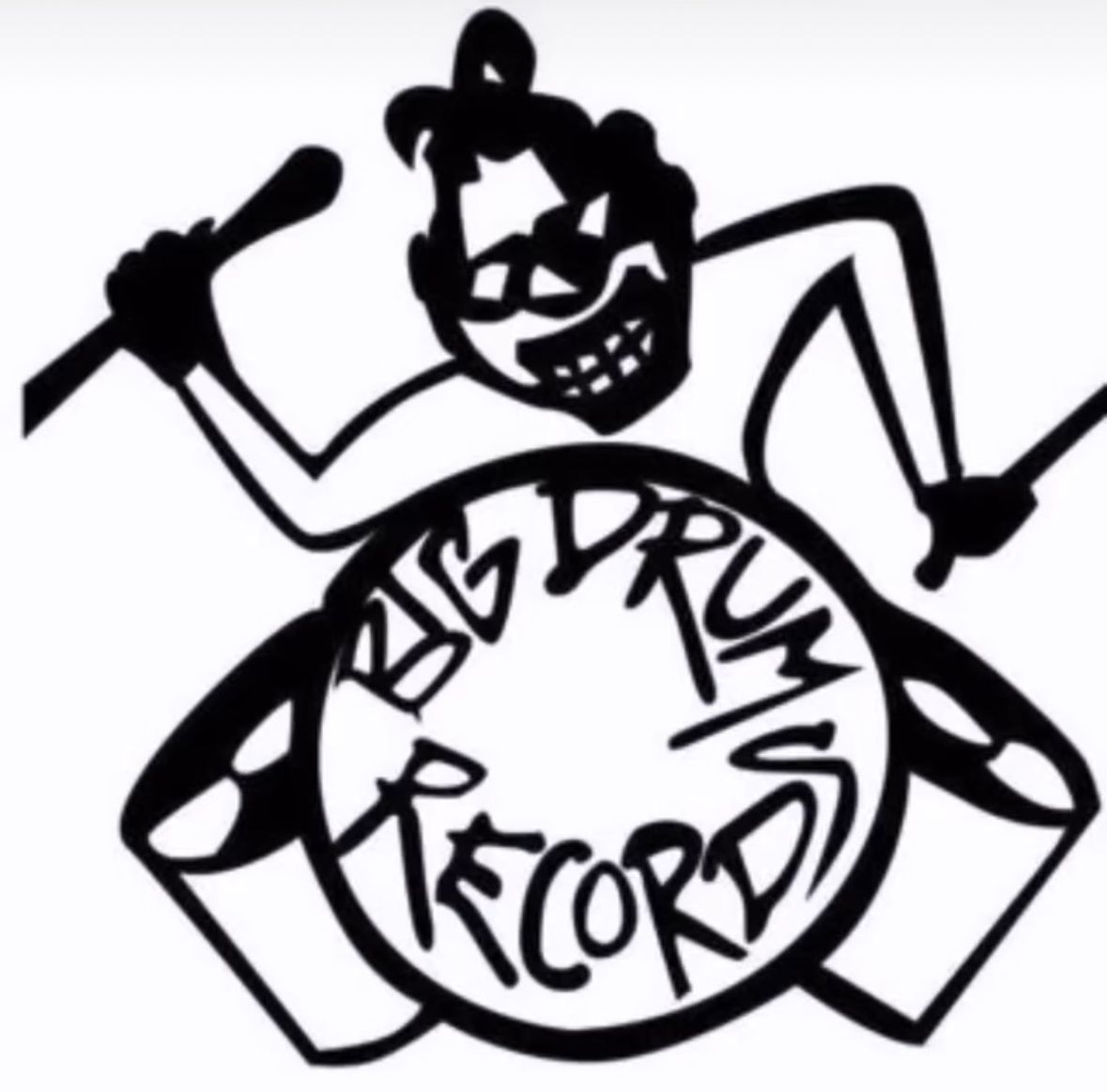Picture this: It's 1995, and you're descending the stairs into a basement club in South London. The bass is so heavy you can feel it in your chest before you even reach the door. Inside, the DJ is cutting between American garage house records, but something's different. The beats are faster, the basslines are deeper, and the crowd is moving in a way you've never seen before. You've just discovered UK garage, and nothing will ever be the same.
What started in those sweaty basement clubs would go on to dominate the UK charts, influence global dance music, and create a cultural movement that still resonates today. This is the story of how UK garage went from underground secret to mainstream phenomenon—and why it matters more than ever.
The Underground Origins
The American Connection
To understand UK garage, you have to go back to New York City in the 1980s. The Paradise Garage club, where DJ Larry Levan was creating a new sound—soulful, uplifting house music with gospel vocals and deep basslines. British DJs visiting New York brought these records back home, but they didn't just copy the sound. They transformed it.
In the mid-90s, DJs like EZ, Tuff Jam, and the Dreem Teem started speeding up American garage records, pitching up the vocals, and adding that distinctly British edge. The tempo jumped from 120 BPM to 130 BPM. The basslines got heavier, influenced by jungle and drum & bass. The shuffled, syncopated rhythms that would become the signature 2-step sound started to emerge.
The Pirate Radio Revolution
If you weren't there, it's hard to explain the importance of pirate radio to UK garage. Stations like Freek FM, Déjà Vu, and Ice FM were broadcasting illegally from tower blocks across London, playing the latest dubplates and white labels that you couldn't hear anywhere else. These weren't just radio stations—they were the heartbeat of the scene.
Every Sunday, thousands of people would tune in to hear DJs like MC Creed, Spoony, and Oxide & Neutrino dropping exclusive tracks and hosting MCs who would chat over the beats. The energy was electric. You'd record the shows on cassette tapes and replay them all week, trying to identify tracks that didn't even have names yet.
"UK garage wasn't just music—it was a movement. It was about community, about finding your people in those dark clubs and on those pirate radio frequencies. It was ours."
— Jeff Big Drum, Big Drum Records founder
The Sound Takes Shape
By 1997, UK garage had developed its own distinct identity. The 4/4 kick drum pattern of house music was being replaced by something more complex and syncopated—the 2-step rhythm. Instead of a steady four-on- the-floor beat, producers were creating intricate, shuffled patterns that made the music feel both more sophisticated and more danceable.
The Production Revolution
Producers like Todd Edwards pioneered the cut-up vocal technique—chopping up soul and R&B samples into stuttering, rhythmic patterns that became a garage signature. MJ Cole brought jazz sophistication and live instrumentation. Zed Bias and El-B pushed the sound darker and deeper, laying the groundwork for dubstep.
The Vinyl Culture
Record shops became sacred spaces. Places like Rhythm Division in London, Fat City in Bristol, and Big Drum Records in Stevenage weren't just retail spaces—they were community hubs. DJs would queue up on release days to get the latest dubplates.
The Legendary Tracks
- "RIP Groove" Double 99 (1997)The track that proved UK garage could be both underground and anthemic.
- "Flowers" Sweet Female Attitude (2000)The perfect example of the soulful, vocal-driven side of garage.
- "Re-Rewind" Artful Dodger (1999)The track that launched Craig David's career and showed the world what UK garage could do.
- "Sincere" MJ Cole (1998)Sophisticated, jazzy, and impossibly smooth.
Mainstream Breakthrough
Between 1999 and 2002, UK garage dominated the UK charts in a way that underground dance music rarely does. The Artful Dodger, Craig David, Oxide & Neutrino, So Solid Crew, and Ms. Dynamite were all scoring top 10 hits. Radio 1 had dedicated garage shows. MTV was playing garage videos.
What made this different from other dance music crossovers was that the underground didn't disappear. While pop-garage was on the radio, the clubs were still playing the darker, deeper tracks. The scene was big enough to support both commercial success and underground credibility.
Evolution & Fragmentation
Grime
The darker, more aggressive side of garage evolved into grime. Producers like Wiley, Dizzee Rascal, and Skepta stripped away the soulful vocals.
Dubstep
Producers like El-B and Zed Bias took the deep, dark side of garage and slowed it down to 140 BPM. Dubstep was garage's moody cousin.
Bassline
Up north, garage evolved into bassline (niche). The 2-step rhythm was replaced with a straight 4/4 kick, but the heavy basslines remained.
The Modern Revival
Something remarkable happened in the 2010s. A new generation discovered UK garage, and they fell in love with it just as hard as the original ravers did. The revival wasn't nostalgia—it was rediscovery.
Young producers who were children during garage's heyday started making tracks that captured the spirit of the original sound while adding contemporary production techniques. Artists like Conducta, Sammy Virji, and DJ Q proved that garage wasn't a relic—it was a living, breathing genre with room to grow.
